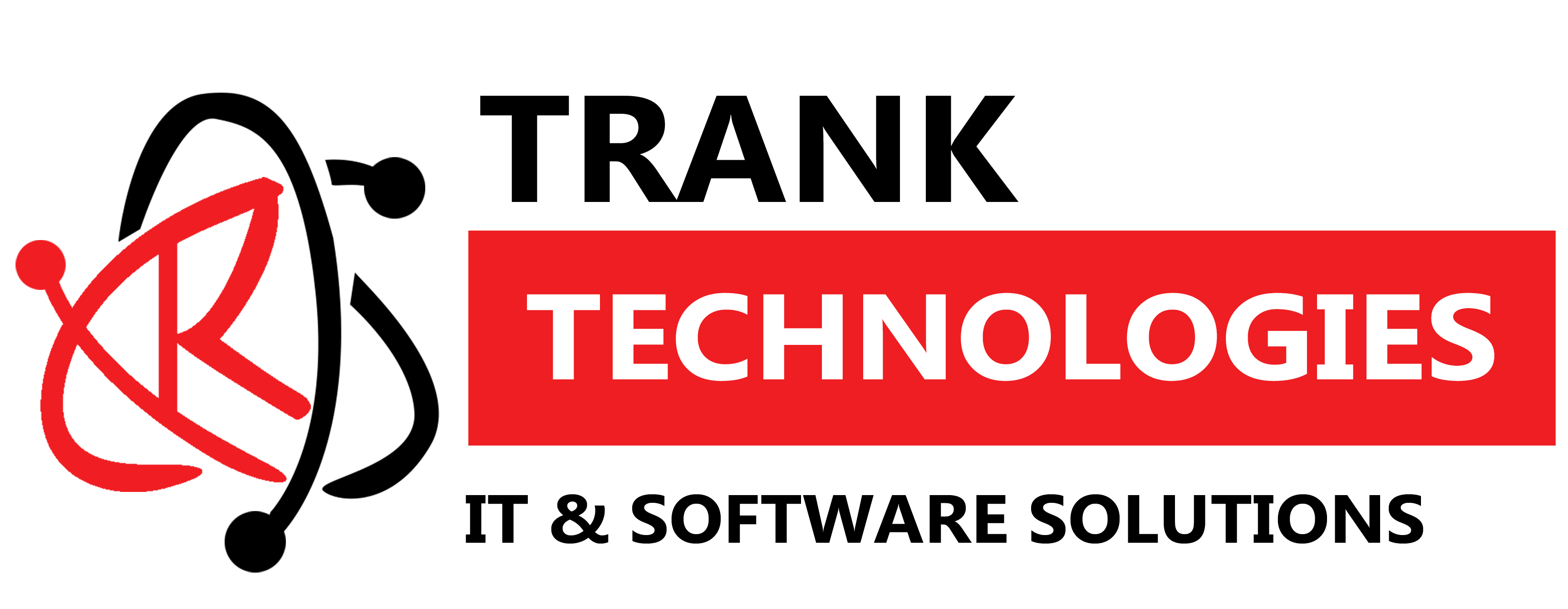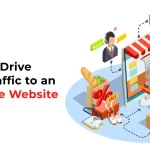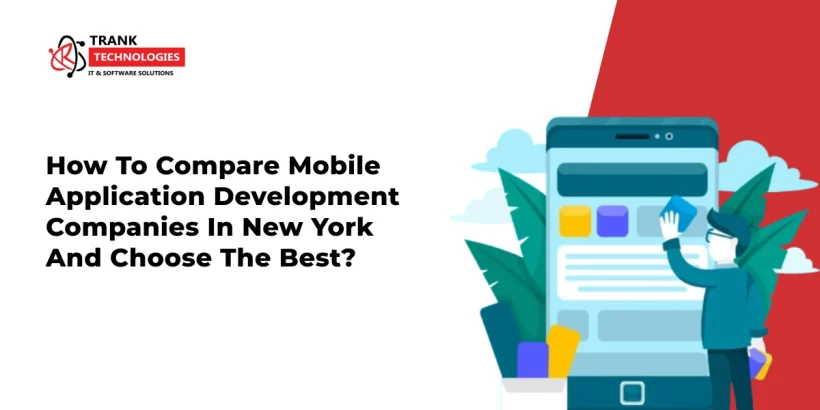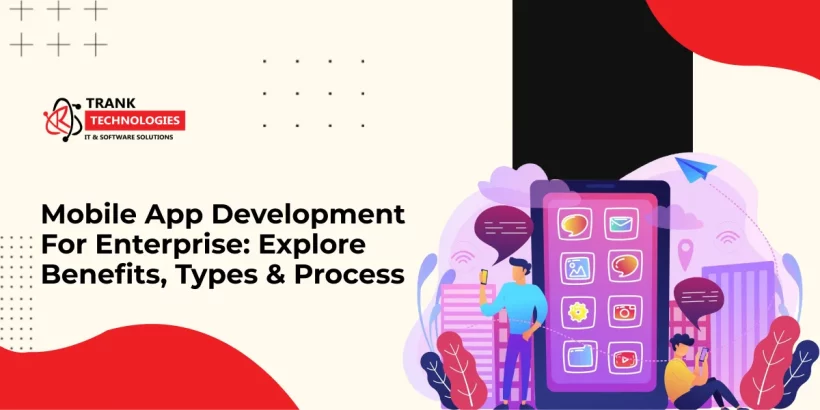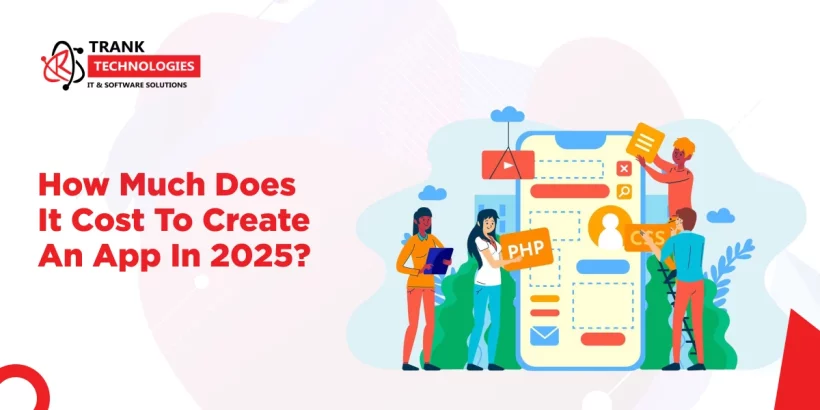
6 Most Common Web App Security Issues & Their Prevention
The realm of modern business is full of planning, possibilities, and diverse options. But web security remains to be an enigma for thousands of adept professionals in the web and app development sector. As per the latest reports, the aftermath of cyberattacks witnesses the loss of billions of dollars each year. These drastically rising numbers contemplate the dire need to draw attention towards various web app security issues, complex problems, and their influential preventions.
Interestingly, the biggest reason behind these relentless cyberattacks on web apps is the easy accessibility to a wider audience. Blackhat hackers prefer web applications as their favorite target for spreading malicious code. It’s because they don’t need to dig much deeper for stealing crucial data. Although, these notorious cyberattacks can be prevented after addressing the common vulnerabilities and defining proper solutions for them.
Let’s break the ice on top web app security issues and look for efficient solutions to protect a business portal from hackers:
You can also read – 7 Common WordPress Website Security Issues & Their Preventions
Top Web App Security Issues & Their Preventions
1. Broken Authentication
Nonethuthentication is a very sensitive aspect of web app management. It involves the validation of users based on the submission of certain details. The information usually includes a password and biometric data. Hackers intrude in the system by hijacking the credentials, and this form of a breach is known as broken authentication. Broken authentication is caused by a lack of credential security, predictable passwords, and session ID URLs. Here’s how you can protect your web application from broken authentication:
- Use multi-facet authentication to acknowledge the authenticated user and procure the protection of your website.
- Set up specifications for applicable passwords. Don’t accept the finalized credentials if the data doesn’t comply with your terms of security. Also, restrict the life cycle of passwords for frequent renewals and optimal safety.
- The web application should have an automated system for closing the session length after a while. This type of web app security is broadly used in banking and online payment areas. So it can be an optimal idea for stern protection from hackers.
- Since securing the customer data available on your platform is your obligation, you must apply security alerts on the portal to let users know about the potential hacking threat. Notify them immediately after a suspicious activity with the help of a detailed email.
2. Injection of Unfiltered Data
Sometimes hackers try to invade the application system by penetrating unfiltered data. This practice is defined as injection and is accomplished through SQL, OS, LDAP, and other means.
You can also read – Mobile Commerce Development Services In India – An Overview Of Mobile Dominance In ECommerce Industry
Among all these different injection types, SQL is the most common target. It allows attackers to gather access to vital app data. After corrupting SQL data, hackers begin to meddle with administration operations, user private details, payment information, credentials, and more. Here’s how top app development companies in India prevent this safety infringement:
- Input validation allows experienced web and app developers to prevent unfiltered or non-systematically created data from getting into the technical structure. Never skip validating all the input while accessing the backend of a web app.
- Since SQL is the simplest route of hijacking, you might want to consider pre-empting SQL injection for protecting the sanctity of your online platform. Leave some of the parameters untouched at the time of configuration and complete them only while executing the process. This will circumscribe your system and make it impeccably unbreakable for cyberattacks.
- You need to create some boundaries in terms of user rights to prevent injection attempts on your progressive web app. Make sure that you provide access to the selected database instead of an entire set of tables.
3. Pivotal Data Exposure
When progressive web app development services dearth proper security measures, the platform can be exposed to sensitive users’ information including their contact details, account info, and credit/debit card numbers. Data exposure is a more serious threat to your business than you can think because it further leads to application injection, non-validated authentication, and other forms of cyberattacks. Here’s how the best app developers in India handle this issue:
- Assimilate modern encryption techniques to secure stores data, transmitted details, and other information and enhance the data protection on your progressive web app.
- Aside from boosted data protection, you must also consider SSL, TSL, and HTTPS, and other advanced security protocols to receive information on the portal.
You can also read – Online Marketplace Development Guide – Definition, Types, Differences & More
4. External XML Entities
This type of cyberattack on the web application occurs during the processing of XML input. An external XML entity comes out to be a malicious impact on your portal when you try to implement a poorly configured XML processor. It becomes an easy source of intrusion for hackers and lets them access the backend system and employ SSRF (server-side request forgery). Here’s how to deal with it:
- Disable DTD (document type definition) on your web application platform to save it from external attacks. You can either do it through your authentication panel or ask your service provider to do the same and lock the protection on your portal.
5. Broken Access Control
broken access control is the web app vulnerability that leads users to access the prohibited parts of the website. This form of security issue is an utter disaster for a web application as it is open to unknown sources on the web. Using this broken control, hackers can steal sensitive data, modify website information, and make administration changes for their benefit. Here’s how a top web development company can tackle this problem:
- Begin the control by denying access to various functionalities by default to web app users. Monitor the backend setup of the application for monitoring the accessible data and other information associated with it.
- Redesign your strategy for the distribution of access control and utilize a server-side access control list to establish role-oriented authentication on the portal.
6. Unsafe Deserialization
unfiltered and untrusted data finds its way through the core of the application system with the help of insecure deserialization. It gets even worse when hackers try to execute the coding panel from remote sources and alter the entire navigation and authentication of the app. Top mobile and website app developers do the following things to prevent a progressive web app from getting into trouble after insecure deserialization:
- keep an eye on the data transmission cycle of your web application to monitor and decline serialized objects from unidentified sources.
- Even if deserialization is important, make sure that you have secured the system with limited access. With specified access rights, you will be able to prevent harmful segments of deserialized objects.
You can also read – 5 Ways To Choose The Best E-Commerce Development Technology For Online Stores
Final Thoughts – Other than these above-mentioned web app security issues and vulnerabilities, insufficient logging and monitoring, security misconfiguration, and cross-site scripting are some other modes of depletion that cyber attackers use these days to make their way through data infringement and other unethical practices. The key to ultimate web app development security lies within your decision to partner with a trustworthy service provider like Trank technologies.
